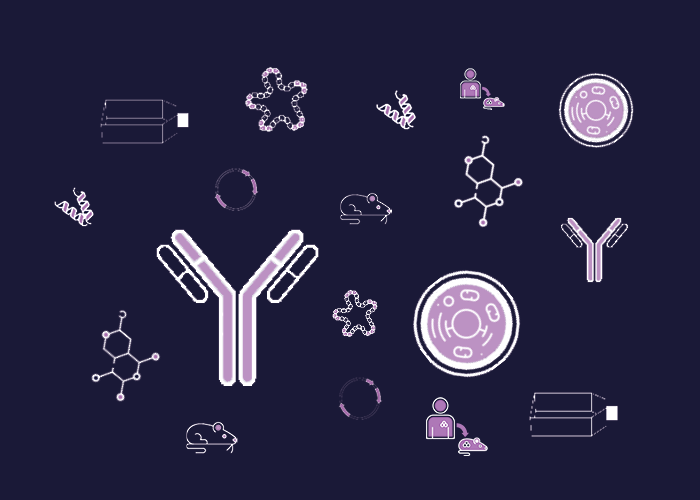
Cat. #161669
Anti-CD3
Cat. #: 161669
Sub-type: Primary antibody
Availability: 3-4 weeks
Target: CD3/T-cell receptor(TCR) complex: CD3?, one CD3?, one CD3?, one CD3?
Class: Monoclonal
Application: Flow cytometry
Reactivity: human
Host: Mouse
£300.00
This fee is applicable only for non-profit organisations. If you are a for-profit organisation or a researcher working on commercially-sponsored academic research, you will need to contact our licensing team for a commercial use license.
Contributor
Inventor: Claudio Anasetti
Institute: Fred Hutchinson Cancer Center
Primary Citation: Anasetti et al. 1990. Journal of Experimental Medicine. 172(6):1691-700. PMID: 2147949
Tool Details
*FOR RESEARCH USE ONLY (for other uses, please contact the licensing team)
- Name: Anti-CD3
- Cancer type: Blood cancer
- Research fields: Immunology
- Clone: BC3
- Tool sub type: Primary antibody
- Class: Monoclonal
- Strain: Application Notes: For flow cytometric staining, the suggested use of this reagent is 1.0 - 2.0 Âľg/ml. It is recommended that the reagent be titrated for optimal performance for each application.
- Reactivity: human
- Host: Mouse
- Application: Flow cytometry
- Description: This anti-CD3 antibody can induce a sustained state of antigenspecific nonresponsiveness in unprimed human T cells. High concentration of soluble anti-CD3 antibody can condition T cells to become anergic in response to allogeneic MHC.
- Immunogen: 2 x 10^6 PHA
- Isotype: IgG2b
Target Details
- Target: CD3/T-cell receptor(TCR) complex: CD3?, one CD3?, one CD3?, one CD3?
- Target alternate names: T3,
- Target background: CD3? is a 20 kD chain of the CD3/T-cell receptor (TCR) complex which is composed of two CD3?, one CD3?, one CD3?, one CD3? (CD247), and a T-cell receptor (?/? or ?/?) heterodimer. It is found on all mature T lymphocytes, NK-T cells, and some thymocytesAntigen recognition by human T cells is mediated by the ?/? polymorphic chains of the TCR, noncovalently associated on the cell surface with a group of five invariant polypeptides which collectively represent the CD3 complex responsible for signal transduction . Binding of an antibody to TCR or to CD3 can block T cell responses not merely by steric hindrance of TCR but also by altering cellular function.
Applications
- Application: Flow cytometry
- Application notes: A good starting concentration for immunohistochemistry (IHC), immunofluorescence (IF), and immunocytochemistry (ICC) when using mouse Ig is 2-5 ug/ml. For western blots, the recommended concentration range of mouse Ig 0.2-0.5 ug/ml. In general, rabbit antibodies demonstrate greater affinity and are used at a magnitude lower Ig concentration for initial testing. The recommended concentrations for rabbit Ig are 0.2-0.5 ug/ml (IF, IHC and ICC) and 20-50 ng/ml (WB)
Handling
- Storage conditions: The antibody solution should be stored undiluted between 2° C and 8° C. Please note the storage condition for this antibody has been changed from -20° C to between 2° C and 8° C.
- Shipping conditions: Dry ice
References
- Anasetti et al.1990.Journal of Experimental Medicine.172(6):1691-700.PMID: 2147949



